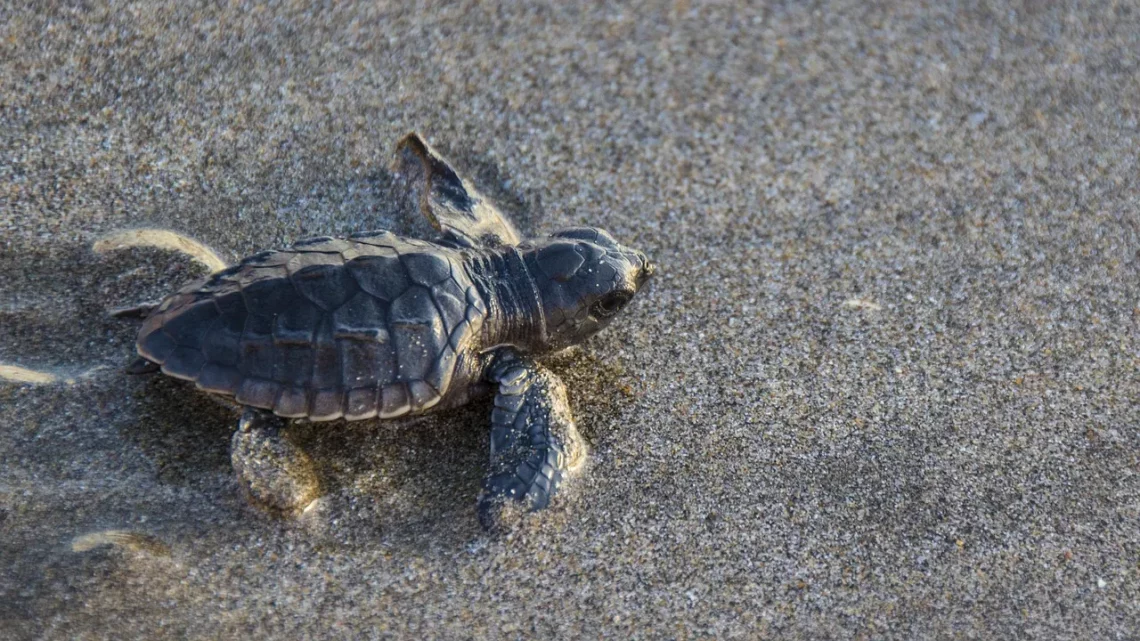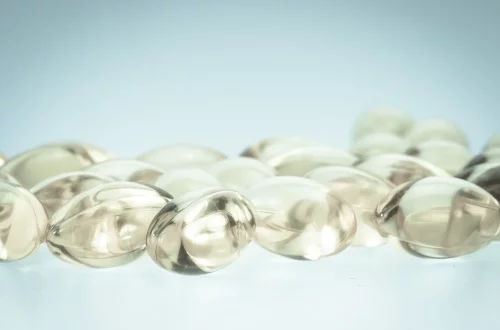
Essential Guide to Setting Up the Perfect Painted Turtle Tank
Creating a suitable habitat for a painted turtle is essential for its health and happiness. These aquatic reptiles, known for their striking colors and engaging behaviors, thrive in environments that mimic their natural habitats. Proper tank setup goes beyond just filling a container with water; it involves understanding the specific needs of these turtles, including their requirements for space, temperature, filtration, and lighting.
As a pet owner, it’s crucial to recognize that painted turtles are not just decorative additions to your home. They require a carefully designed ecosystem that supports their biological and behavioral needs. From the right substrate to appropriate basking areas, every element of the tank contributes to the overall well-being of your turtle. Additionally, understanding the importance of maintenance and monitoring water quality will help prevent health issues and ensure a long, vibrant life for your pet.
In this guide, we will explore the essential aspects of setting up a painted turtle tank, ensuring your shelled companion receives the best care possible. By focusing on the specific requirements of painted turtles, you can create a comfortable and stimulating environment that promotes their natural behaviors and overall health.
Choosing the Right Tank Size
One of the first considerations in setting up a painted turtle tank is selecting the appropriate size. Painted turtles can grow up to 10 inches long, so it’s vital to provide adequate space for them to swim and explore. A rule of thumb is to allocate at least 10 gallons of water for every inch of the turtle’s shell length. Therefore, a juvenile painted turtle may thrive in a 40-gallon tank, while an adult will require a larger setup.
A larger tank not only provides ample swimming space but also helps maintain water quality. Larger volumes of water dilute waste products and toxins more effectively than smaller tanks, making it easier to keep the habitat clean. Additionally, a spacious environment allows for the inclusion of various features, such as basking areas, plants, and hiding spots, which are essential for your turtle’s comfort and well-being.
When choosing a tank, consider the shape as well. Long, rectangular tanks are generally preferred over tall, narrow ones, as they offer more swimming area. This is important because painted turtles are active swimmers and need space to move freely. Ensure that the tank is made from durable materials, such as glass or acrylic, which can withstand the aquatic environment and the turtle’s natural behaviors.
Lastly, consider the placement of the tank. It should be in a location with stable temperatures and away from direct sunlight, which can overheat the water. A well-placed tank not only enhances the turtle’s environment but also adds to your home decor.
Water Quality and Filtration
Maintaining high water quality is paramount for the health of your painted turtle. Turtles are known to produce significant waste, which can quickly lead to poor water conditions if not managed properly. Therefore, investing in a robust filtration system is essential. A canister filter or a powerful internal filter is often recommended, as these types can handle the high bioload of a turtle tank.
In addition to filtration, regular water changes are crucial. Aim to change about 25-50% of the water weekly, depending on the size of your tank and the number of turtles inhabiting it. Using a water conditioner to remove chlorine and chloramines is also advisable, as these chemicals can be harmful to turtles.
Monitoring water parameters is another critical aspect. The ideal temperature for a painted turtle tank ranges between 75°F and 80°F, while the basking area should be around 85°F to 90°F. Use a reliable aquarium thermometer to keep track of these temperatures. Additionally, test the water for pH levels, ammonia, nitrite, and nitrate concentrations regularly. The pH should ideally be between 6.5 and 8.0.
Maintaining clean water not only prevents health issues, such as shell rot or respiratory infections, but also promotes a thriving environment for aquatic plants and tank mates, if you choose to include them. Remember that turtles can be sensitive to changes in their environment, so maintaining consistent water quality is essential for their overall health.
Creating a Natural Habitat
To make your painted turtle feel at home, it’s important to recreate its natural habitat as closely as possible. This involves incorporating various elements into the tank design. Start with a suitable substrate; while many turtle owners opt for sand or gravel, which allows for burrowing behaviors, be cautious with smaller pebbles as they can be ingested and cause health issues.
Adding a basking area is crucial, as painted turtles are ectothermic and rely on external heat sources to regulate their body temperature. You can create a basking spot using a flat rock or a commercial turtle dock that floats on the water’s surface. Ensure that the basking area is easily accessible and placed under a heat lamp to provide the necessary warmth.
Incorporate aquatic plants and decorations to simulate a natural environment. Live plants not only enhance the aesthetic appeal but also provide hiding places and foraging opportunities for your turtle. Choose hardy aquatic plants like Anacharis or Hornwort, which can tolerate turtle activity. Additionally, consider adding driftwood or rocks for climbing and basking.
It’s also important to create hiding spots within the tank to give your turtle a sense of security. Use caves, tunnels, or even PVC pipes strategically placed in the tank to allow your turtle to retreat when feeling stressed.
Lastly, be mindful of the lighting. A combination of UVB and basking lights is essential to ensure your turtle receives the necessary exposure to ultraviolet light, which is vital for calcium metabolism and overall health. Position the UVB light over the basking area to maximize exposure.
Feeding and Nutrition
Feeding your painted turtle a balanced diet is essential for its growth and health. These turtles are omnivorous, meaning they require a mix of plant and animal matter. A staple diet should include high-quality commercial turtle pellets that provide essential nutrients. Look for pellets specifically formulated for aquatic turtles, as these will contain the right balance of vitamins and minerals.
In addition to pellets, supplement their diet with a variety of fresh foods. Dark leafy greens, such as kale and collard greens, are excellent choices and should make up a significant portion of their diet. You can also offer occasional treats like earthworms, feeder fish, or shrimp. However, be cautious with the quantity of protein, as too much can lead to health issues.
It’s also important to consider the size of the food items. Cut food into appropriate sizes that your turtle can easily eat to prevent choking hazards. Young turtles may require daily feeding, while adults can be fed every other day.
Monitor your turtle’s eating habits and adjust their diet as necessary. An active turtle will have a healthy appetite, while a turtle that is not eating may require a closer look at its environment and health.
Finally, ensure that fresh water is available at all times, as hydration is crucial for digestion and overall health.
This article is intended to provide general information about turtle care and is not a substitute for professional veterinary advice. If you have health concerns regarding your turtle, please consult with a qualified veterinarian.




